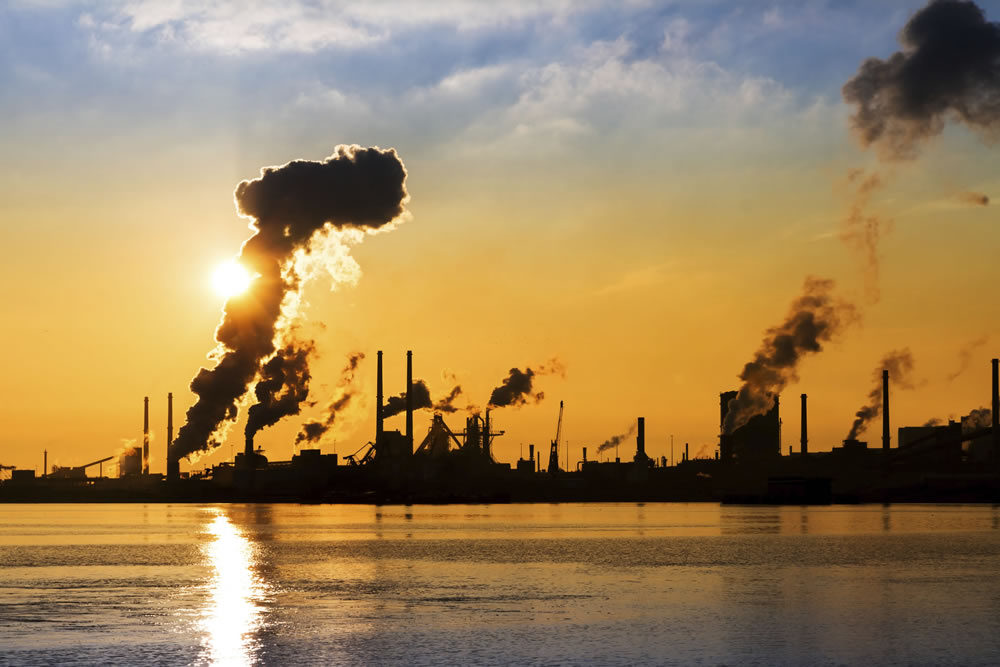New York, NY—On April 22, diplomats from 167 countries met to sign the climate accord reached this past December in Paris. The goal of the accord, established by the world's governments in 2009, is to limit the planet's warming to less than 2 degrees Celsius (3.6 degrees Fahrenheit), ideally limiting it to 1.5 degrees. Despite the signing, 55 countries representing 55% of global greenhouse gas emissions must first present formal ratification documents before the agreement can take effect, which may take a few years (1).
Participating countries have made pledges to help reach this goal. The United States, for example, has pledged to cut greenhouse gas pollution between 26% and 28% from 2005 levels by 2025. One challenge the United States faces to reach this goal, however, is the 5-4 vote by the Supreme Court in February to stay implementation of the Clean Power Plan (2).
The European Union is among the most ambitious, pledging to cut emissions by 40% by 2030. It also provides the most money to developing nations to help them prepare for and deal with climate change. Using 1990 as a baseline gives the European Union a significant head start to meet its target of cutting emission by 20% by the end of this decade. They have their own challenges however, with the member nations still having to reach consensus about climate change policies, as well as the threat of Great Britain leaving the Union (2).
Despite these and other pledges such as India's significant pledge to increase solar power generation to 100 gigawatts by 2022, compared to the three gigawatts it generated last year, 2016 is turning out to be the warmest year on record (2, 3). This past March, for example, is the 11th consecutive month to set record highs in temperature since agencies first began tracking them in the 1800s (3). The warm temperatures and heavy rainfall experienced in recent months can be due in part by this year's El Niño, which as experts predicted, released a significant amount of heat from the Pacific Ocean into the atmosphere, but climate scientists also say that this current El Niño was exacerbated by global warming (3). Global temperatures are already nearing the 1.5 degrees Celsius limit.
Given both the environmental and diplomatic factors, world leaders have their work cut out for them. While renewable energy has become more affordable, with 10% of world's electricity being supplied by wind turbines and solar panels, most of the existing power plants still run on nonrenewable energy and developing nations still have more coal powered plants in the works (1). The Paris climate accord is a major step in the right direction, but to succeed, significant changes must be made.
References
1. J. Gillis and C. Davenport, "Leaders Roll Up Sleeves on Climate, but Experts Say Plans Don’t Pack a Wallop," The New York Times, April 21, 2016.
2. "The Key Players in Climate Change," The New York Times. April 21, 2016.
3. T. Schlossberg, "2016 Already Shows Record Global Temperatures," The New York Times. April 19, 2016.
Published in WholeFoods Magazine June 2016










